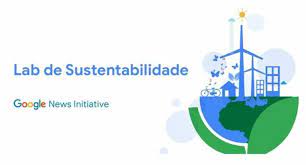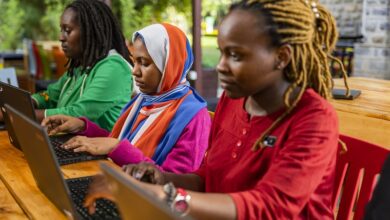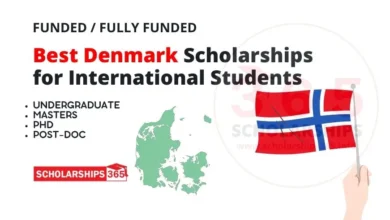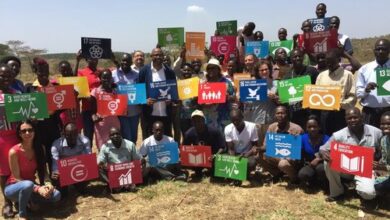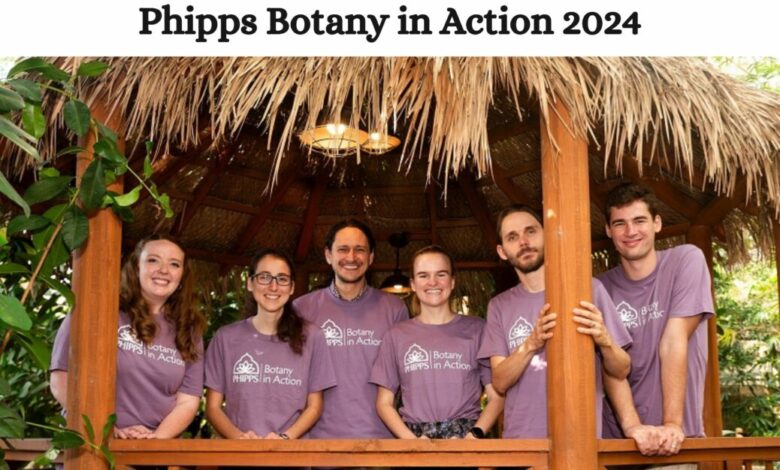
Phipps Conservatory and Botanical Gardens is a botanical garden set in Schenley Park, Pittsburgh, Pennsylvania, United States. It is a City of Pittsburgh historic landmark and is listed on the National Register of Historic Places.
The gardens were founded in 1893 by steel and real-estate magnate Henry Phipps Jr. as a gift to the City of Pittsburgh. Its purpose is to educate and entertain the people of Pittsburgh with formal gardens (Roman, English, etc.) and various species of exotic plants (palm trees, succulents, bonsai, orchids, etc.). Currently, the facilities house elaborate gardens within the fourteen room conservatory itself and on the adjoining grounds. In addition to its primary flora exhibits, the sophisticated glass and metalwork of the Lord & Burnham conservatory offers an interesting example of Victorian greenhouse architecture.
Phipps is one of the “greenest” facilities in the world. The entrance pavilion of the Phipps Conservatory has silver-level LEED certification. Its greenhouse production facility has received Platinum certification, the first and only greenhouse to be so certified. Moreover, the Center for Sustainable Landscapes, designed to be as environmentally sustainable as possible, is also LEED Platinum certified, and produces all of its own energy.
The mission of Phipps is to inspire and educate all with the beauty and importance of plants; to advance sustainability and promote human and environmental well-being through action and research; and to celebrate its historic glasshouse.
The Botany in Action Fellowship program at Phipps Conservatory and Botanical Gardens fosters the development of the next generation of plant-based scientists who are committed, first, to excellent research, and second, to educational outreach.
Research Priority Areas (listed in no particular order):*
- Ethnobotany, with special interest in plant use for physical and/or psychological well-being;
- Diversity and conservation, particularly in regional (southwest Pennsylvania and adjacent states) and tropical forests;
- Landscape and brownfield restoration, particularly in plant-based ecosystem services;
- Sustainable landscapes;
- Interdisciplinary plant-based research at the intersection of human and environmental health.
Benefits
The program provides each fellow with:
- $6,000 for use towards research-related expenses at sites in the US or abroad.
- An all-expenses paid trip to Phipps, to engage in science outreach training and opportunities to translate and communicate their research to non-scientific, public audiences through written, visual and/or oral means (contingent on COVID19).
- Subsequent opportunities to connect their research with the public through programs, exhibits, and other outreach venues.
Student is responsible for reporting award to the IRS and may be required to pay taxes depending on expenses the funds were used to cover.
Eligibility:
All applicants must be:
- Enrolled in a PhD program at a US graduate institution (US citizenship is not required)
- Conducting plant-based research
- Able to travel to Pittsburgh, PA from a location within the US (costs will be reimbursed) for the duration of the Botany in Action Science Engagement Week, which will be September 19 – 22 – contingent on the COVID19 situation.
- Able to commit to monthly online outreach (e.g. podcast, blogging, vlogging, etc) after Science Engagement Week.
- For previous fellows applying for renewed funding: clear, tangible outreach goals and outcomes in addition to research accomplishments from the previous year.
Application:
1) Proposal: The required sections for the proposal are listed below in the order they should appear.
- Applicant Contact, University, Research Site, and Recommender Information, should make up the first page and include the applicant’s
- name, pronouns, mailing address, email and phone number
- university and department name and address
- research site location
- proposal title
- names, titles and affiliations of recommenders
- Proposal Title should also appear at the top of the second page.
- Two Abstracts (each 250 words maximum) describing the research and clearly labeled as follows:
- Scientific Abstract written in a manner that would accompany a scientific research proposal.
- Public Abstract written in a manner that summarizes and conveys the importance of the project to those with limited scientific backgrounds.
- Proposal Body (seven double-spaced pages maximum) including the following, clearly labeled, sections:
- Introduction, with the research’s significance for both science and the public highlighted.
- Objectives, including the questions and/or hypotheses addressed by the research.
- Study Site, Materials and Methods, including study subjects, methods, analyses and timeline.
- Detailed Educational Outreach Plan, describing how they will connect the research with the community in which they are conducting their research (if applicable) or the public.
- Literature Cited. Names, not numbers, should be used for citations (e.g., Smith 2000).
- Proposal Budget (one page maximum), itemized and describing fellowship funding request
- Detailed Educational Outreach Plan, describing how they will connect the research with the community in which they are conducting their research (if applicable) and the public. Do not list mentoring undergraduates, academic conferences, or scientific publications as outreach.
2) Curriculum Vitae: The CV should include education, research, publications, presentations, grants received or pending, and relevant non-academic and synergistic experiences such as work for conservation non-profits or government agencies, and other outreach and educational activities.
3) Two Letters of Recommendation: One recommendation letter should be from the applicant’s research advisor and one letter from a person who has strong knowledge of the applicant’s motivation to enhance public scientific literacy. Each letter should include the recommender’s full contact information and a subject line stating the applicant’s name and whether the letter is in support of research or outreach capabilities of the applicant.
** The Proposal and CV must be saved together as a single WORD or PDF file, with the proposal appearing first. The file name should start with the applicant’s last name, followed by the term ‘BIA’, funding year pursued, and ‘App’ (e.g. Smith_BIA_2024_App.pdf). If submitting a PDF, please include an additional WORD file with Applicant Contact Information, University, Research Site, Recommender Information, Proposal Title and Two Abstracts. All application materials should be emailed to bia@phipps.conservatory.org with subject line ‘BIA 2024 application’ followed by applicant’s last name.
** Each recommendation letter must be sent directly from the recommender. The letter should be saved as a PDF file and named as follows, with underscores between each section: applicant’s last name, ‘BIA’, funding year pursued, ‘Rec’, ‘R’ if supporting research or ‘O’ if supporting outreach, and recommender’s last name (e.g. Smith_BIA_2024_Rec_O_McGuire.pdf). These should be emailed to bia@phipps.conservatory.org.


